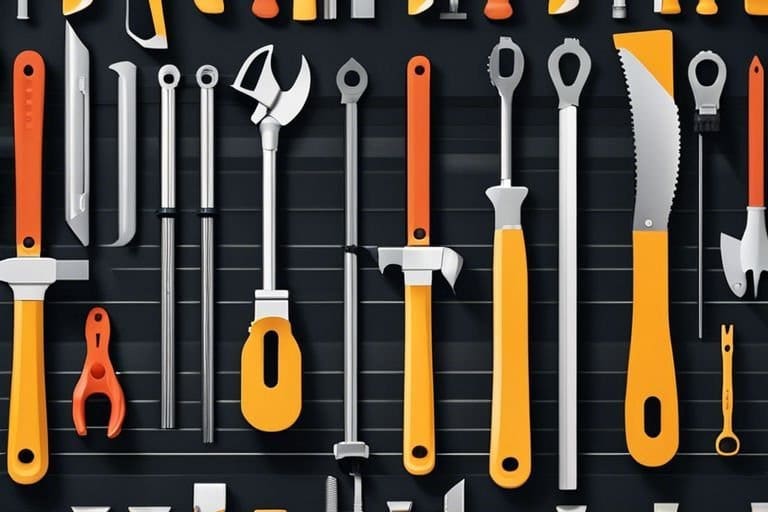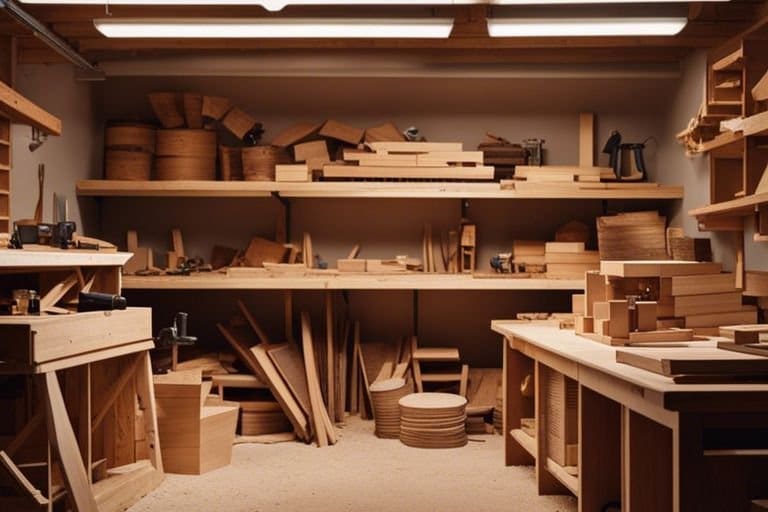Function, Benefits, and Safety
The riving knife is a thin blade that sits directly behind the saw blade. It is designed to help prevent kickback, which is when the wood is thrown back towards you while cutting.
The riving knife is aligned to always stay behind the back edge of the saw blade. This guarantees that the wood is stable when cutting. The riving knife also helps to reduce the risk of kickback by keeping the wood tight against the fence.
The riving knife is a great safety feature and should always be used when making cuts on a table saw. It is important to check the riving knife before each use. Ensure that it is secure and properly aligned with the saw blade.
It is also important to make sure that the riving knife is the same height as the saw blade. If the riving knife is too high or too low, it can cause kickback or other dangerous situations.
Introduction of riving knives on table saw
Table saws are powerful and versatile tools, widely used by woodworkers, contractors, and DIY enthusiasts for a range of cutting tasks. Despite their numerous advantages, table saws can also pose significant safety risks if not used correctly.
One essential safety feature found on modern table saws is the riving knife. This article explores the purpose and benefits of a riving knife. It also looks at how it contributes to a safer woodworking experience.
What is a Riving Knife on a Table Saw?
A riving knife is a flat, curved piece of metal that sits behind the saw blade on a table saw. Its purpose is to reduce the risk of kickback.
Kickback is when the workpiece gets caught between the blade and the fence. As a result, the workpiece is thrown back towards the operator.
This is dangerous. The riving knife acts as a barrier, keeping the kerf (the groove made by the saw blade) open and preventing the workpiece from making contact with the back of the blade.
Function and Benefits of a Riving Knife
1. Reducing Kickback.
The primary function of a riving knife is to minimize the risk of kickback, which can lead to severe injuries. By keeping the kerf open and preventing the workpiece from contacting the back of the blade, the riving knife significantly reduces the likelihood of this dangerous occurrence.
2. Maintaining Blade Alignment.
Riving knives are designed to maintain the same alignment and height as the saw blade during cutting operations. This feature ensures that the riving knife is always in the correct position to prevent the workpiece from pinching or trapping, regardless of the blade’s height or angle.
3. Non-Binding Design.
Unlike splitters, which are similar safety devices, riving knives do not extend above the top of the blade. This non-binding design allows the riving knife to move with the blade during height and angle adjustments, ensuring continuous protection against kickback.
4. Compatibility with Safety Accessories.
Riving knives are often designed to work seamlessly with other table saw safety features, such as blade guards and anti-kickback pawls. This compatibility allows for a comprehensive safety system that protects the operator from various hazards associated with table saw use.
5. Improved Cut Quality.
By keeping the kerf open and preventing the workpiece from making contact with the back of the blade, riving knives can also contribute to a cleaner, more precise cut. This benefit is particularly noticeable when cutting wood with a high moisture content or wood that tends to warp during the cutting process.
Safety Tips for Using a Table Saw with a Riving Knife
1. Always Use the Riving Knife.
When using a table saw, always ensure that the riving knife is installed and properly adjusted. The riving knife should be positioned so that it is in line with the blade and approximately 0.03 inches (0.8mm) narrower than the blade’s width.
2. Regular Inspection.
Regularly inspect the riving knife for damage, wear, or misalignment. Replace or adjust the riving knife as necessary to maintain optimal performance and safety.
3. Use Additional Safety Accessories.
While riving knives are an essential safety feature, it is crucial to also use other safety accessories, such as blade guards and anti-kickback pawls, to ensure comprehensive protection during table saw operations.
4. Proper Workpiece Support.
Always provide adequate support for the workpiece, using a miter gauge, fence, or other guiding devices as appropriate. This support will help prevent the workpiece from shifting or twisting during cutting, reducing the risk of kickback and other hazards.
5. Maintain a Clean Workspace.
Keep the table
Read also:
Best Portable Table Saws for Fine Woodworking(Opens in a new browser tab)




